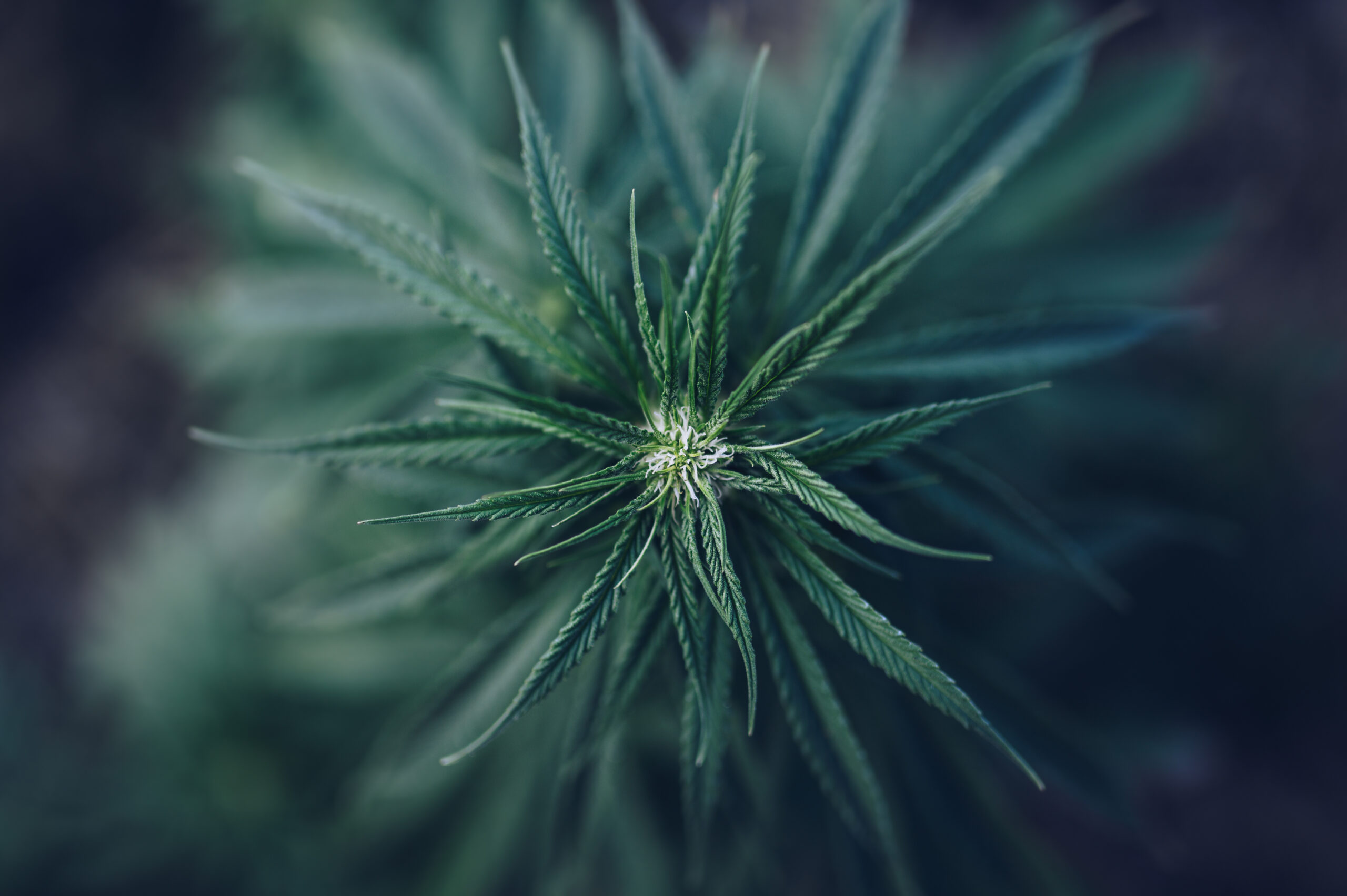Unlocking Relief: Exploring How Cannabis May Soothe Migraines
As migraines continue to plague millions worldwide, the search for effective relief remains a constant pursuit. Enter cannabis – a controversial yet increasingly popular remedy that has sparked intrigue for its potential to alleviate migraine symptoms. In this exploration, we delve into the intricate relationship between cannabis and migraines, uncovering the soothing properties that have garnered attention from both researchers and sufferers alike.
Imagine a world where the throbbing pain, nausea, and sensitivity to light that accompany migraines could be alleviated by a natural solution. Could cannabis be the key to unlocking this relief? Join us on a journey through the science, anecdotes, and debates surrounding cannabis as a treatment for migraines. Discover how this once-taboo plant is now being heralded as a potential game-changer in the realm of migraine management.
Understanding Migraines and Their Impact
Migraines are more than just severe headaches; they are a complex neurological condition that can significantly disrupt daily life. Affecting approximately 12% of the global population, including children and adults alike, migraines are characterized by intense, pulsating pain often localized to one side of the head. However, the associated symptoms extend beyond pain, as many sufferers experience nausea, vomiting, and heightened sensitivity to light and sound. These debilitating episodes can last anywhere from a few hours to several days, leaving individuals feeling drained and unable to function normally.
The impact of migraines is profound, not only on the individuals who suffer from them but also on their families, workplaces, and society as a whole. People with frequent migraines may find it challenging to maintain their jobs, sustain relationships, or engage in social activities, leading to feelings of isolation and frustration. In fact, the World Health Organization classifies migraines among the top 20 causes of disability worldwide, highlighting the urgent need for more effective treatments and management strategies.
Current treatment options for migraines often include over-the-counter medications, prescription drugs, and lifestyle changes. However, these methods can be hit or miss, with many sufferers reporting inadequate relief or experiencing unacceptable side effects. As a result, there is a growing interest in alternative therapies, such as cannabis, which may provide a natural option for those seeking respite from the debilitating effects of migraines.
The Science Behind Cannabis and Migraine Relief
The relationship between cannabis and migraine relief is rooted in the plant’s complex chemical composition. Cannabinoids, the active compounds found in cannabis, interact with the endocannabinoid system (ECS) in the body, which plays a crucial role in regulating pain, mood, and various physiological processes. The ECS consists of receptors, endocannabinoids, and enzymes, and its activation can lead to a decrease in pain perception, making it a potential ally in managing migraines.
Research suggests that specific cannabinoids, such as tetrahydrocannabinol (THC) and cannabidiol (CBD), may offer distinct benefits for migraine sufferers. THC is known for its psychoactive properties and can provide immediate pain relief, while CBD is non-psychoactive and is often praised for its anti-inflammatory and anxiety-reducing effects. This combination may help alleviate the multi-faceted symptoms of migraines, addressing both the pain and the associated anxiety that often accompanies these episodes.
Furthermore, studies have indicated that cannabis may influence the release of neurotransmitters, such as serotonin, which is linked to mood regulation and pain perception. In some cases, individuals report that cannabis not only relieves their migraine pain but also helps to prevent the onset of future attacks. While the exact mechanisms remain a topic of ongoing research, the preliminary findings highlight the potential of cannabis as a promising treatment option for those who struggle with migraines.
Different Ways to Consume Cannabis for Migraines
When it comes to utilizing cannabis for migraine relief, various consumption methods are available, each offering distinct advantages and experiences:
- Smoking or Vaping – Allows for rapid absorption into the bloodstream, leading to quicker effects. Many users prefer this method for its immediacy, especially during an acute migraine attack. However, smoking may pose respiratory risks, while vaping provides a potentially healthier alternative.
- Edibles and Tinctures – Offer longer-lasting effects. Edibles (e.g., gummies, chocolates) take longer to work due to digestion, while tinctures (liquid extracts) can be taken sublingually for faster absorption.
- Topicals – Cannabis-infused creams and balms provide localized relief, making them an option for tension-related headaches.
Potential Risks and Side Effects of Using Cannabis for Migraines
While cannabis presents promising potential for migraine relief, it is crucial to understand the associated risks and side effects. Individuals new to cannabis may experience:
- Dizziness, dry mouth, increased heart rate, and heightened anxiety.
- Psychoactive effects of THC, which can impair cognitive function and motor skills.
- Potential legal concerns, as cannabis regulations vary widely.
Choosing CBD-dominant products can help minimize psychoactive effects while still providing therapeutic benefits.
Personal Experiences and Testimonials on Cannabis for Migraines
Many individuals have shared positive experiences with cannabis for migraine relief. Some report a reduction in migraine frequency and severity, while others find immediate relief through vaping or tinctures.
To hear real success stories, visit our patient testimonials.
Legal Considerations and Regulations Surrounding Cannabis Use
Laws regarding medical cannabis vary by region. In the U.S., cannabis remains a Schedule I substance at the federal level, but many states have legalized medical use. Patients often need to obtain a medical cannabis card through a licensed provider.
Research Studies on Cannabis and Migraine Relief
Preliminary studies show promising results for cannabis in migraine relief:
- A study in Pharmacotherapy found that cannabinoids reduced migraine frequency.
- A study in the Journal of Pain reported that THC and CBD reduced inflammation and altered pain perception.
For more scientific insights, explore ongoing cannabis research.
How to Talk to Your Doctor About Using Cannabis for Migraines
If you’re considering cannabis for migraines, book a consultation with a healthcare provider. Be prepared to discuss:
- Your migraine history and past treatments.
- Your concerns about traditional medications.
- Research supporting cannabis for migraine relief.
Conclusion: The Future of Cannabis as a Migraine Relief Option
As the conversation surrounding cannabis and its therapeutic applications continues to evolve, the potential for this plant to serve as a viable option for migraine relief is promising. With increasing interest from both patients and researchers, the landscape of migraine management is gradually shifting towards more holistic approaches.
As more studies emerge, establishing evidence-based guidelines will be crucial in ensuring safe and effective cannabis use. By integrating cannabis into migraine treatment plans, we move closer to a world where natural solutions offer lasting relief from debilitating migraines.






